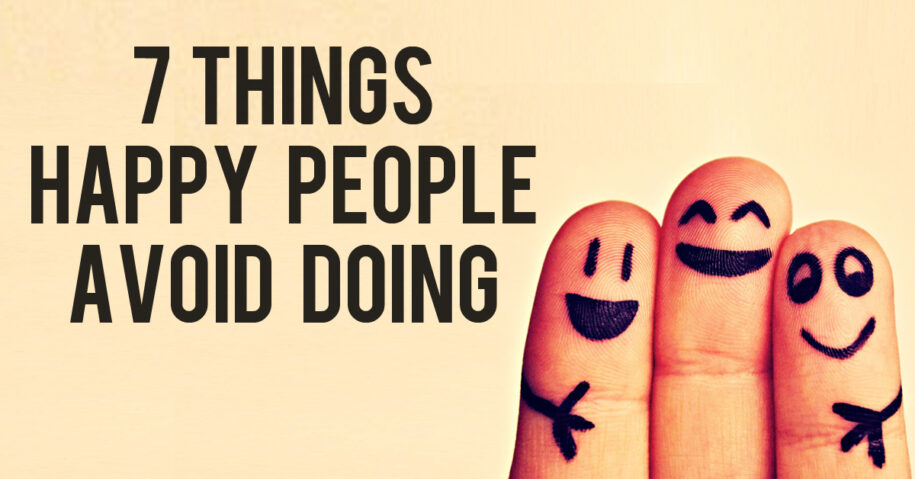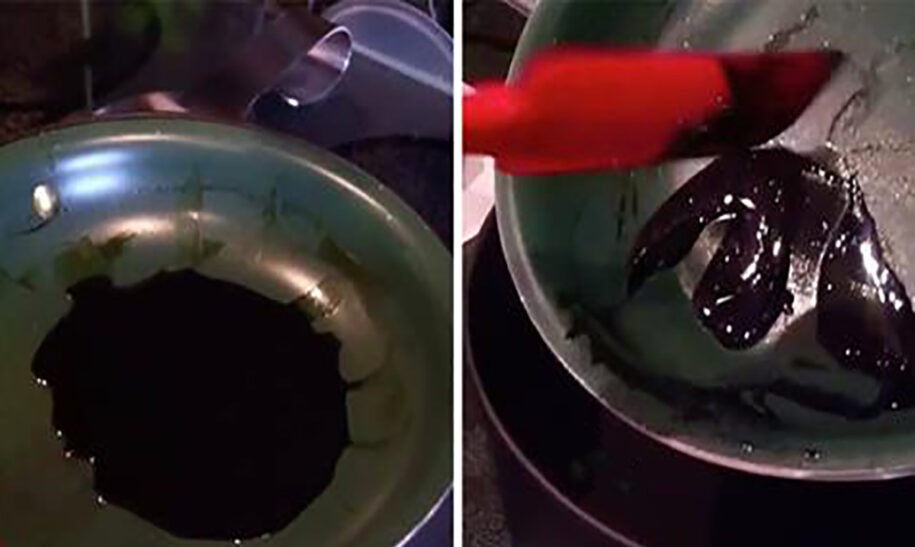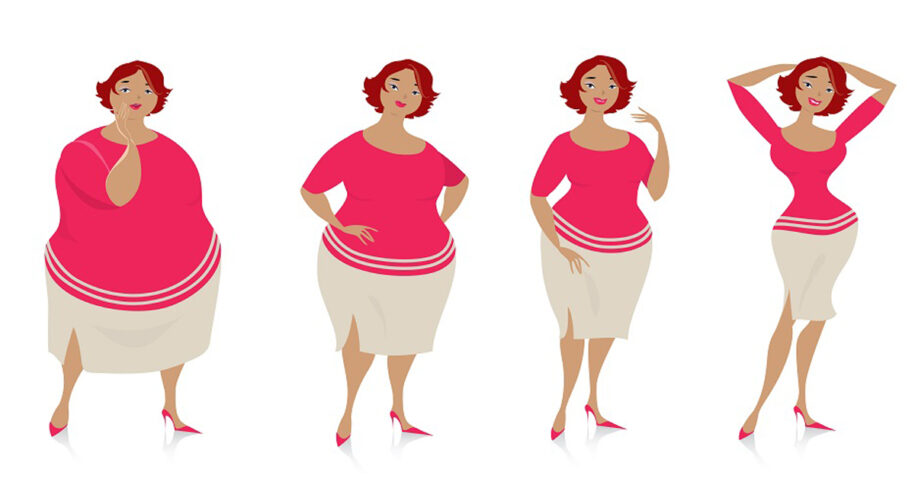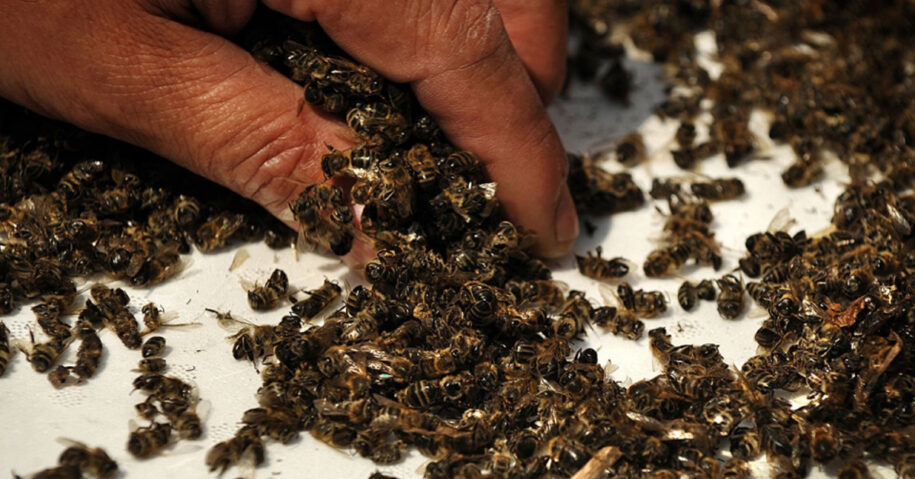
7 Things Happy People Avoid Doing
According to Psychology Today, University of California researcher Sonja Lyubomirsky states: “40 percent of our capacity for happiness is within our power to change.”
If this is true and it is, there’s hope for us all. There are billions of people on our planet and clearly some are truly happy. The rest of us bounce back and forth between happiness and unhappiness depending on the day.
The difference between a happy and unhappy life is how often and how long we stay there.
Here are the 7 qualities of chronically unhappy people.
1. Your default belief is that life is hard.
Happy people know life can be hard and tend to bounce through hard times with an attitude of curiosity versus being the victim. They take responsibility for how they got themselves into a mess, and focus on getting themselves out of it as soon as possible.
Perseverance towards problem-solving versus complaining over circumstances is a symptom of a happy person. Unhappy people see themselves as victims of life and stay stuck in the “look what happened to me” attitude versus finding a way through and out the other side.
2. You believe most people can’t be trusted.
Most happy people are trusting of their fellow man. They believe in the good in people, versus assuming everyone is out to get them. Generally open and friendly towards people they meet, happy people foster a sense of community around themselves and meet new people with an open heart.
Unhappy people are distrustful of most people they meet and assume that strangers can’t be trusted. Unfortunately this behavior slowly starts to close the door on any connection outside of an inner-circle and thwarts all chances of meeting new friends.
3. You concentrate on what’s wrong in this world versus what’s right.
There’s plenty wrong with this world yet unhappy people turn a blind eye to what’s actually right in this world and instead focus on what’s wrong. You can spot them a mile away, they’ll be the ones complaining and responding to any positive attributes of our world with “yeah but”.
Happy people are aware of global issues, but balance their concern with also seeing what’s right. Unhappy people tend to close one eye towards anything good in this world in fear they might be distracted from what’s wrong. Happy people keep it in perspective. They know our world has problems and they also keep an eye on what’s right.
4. You compare yourself to others and harbor jealousy.
Unhappy people believe someone else’s good fortune steals from their own. They believe there’s not enough goodness to go around and constantly compare yours against theirs. This leads to jealousy and resentment.
Happy people know that your good luck and circumstance are merely signs of what they too can aspire to achieve. Happy people believe they carry a unique blueprint that can’t be duplicated or stolen from by anyone. They believe in unlimited possibilities and don’t get bogged down by thinking one person’s good fortune limits their possible outcome in life.
5. You strive to control your life.
There’s a difference between control and striving to achieve our goals. Happy people take steps daily to achieve their goals, but realize in the end, there’s very little control over what life throws their way.
Unhappy people tend to micro-manage in effort to control all outcomes and fall apart in dramatic display when life throws a wrench in their plan. Happy people can be just as focused, yet still have the ability to go with the flow and not melt down when life delivers a curve-ball.
6 You consider your future with worry and fear.
Unhappy people fill their thoughts with what could go wrong versus what might go right.
Happy people take on a healthy dose of delusion and allow themselves to daydream about what they’d like to have life unfold for them. Unhappy people fill that head space with constant worry and fear.
Happy people experience fear and worry, but make an important distinction between feeling it and living it. When fear or worry crosses a happy person’s mind, they’ll ask themselves if there’s an action they can be taken to prevent their fear or worry from happening and they take it. If not, they realize they’re spinning in fear and they lay it down.
7. You fill your conversations with gossip and complaints.
Unhappy people like to live in the past. What’s happened to them and life’s hardships are their conversation of choice. When they run out of things to say, they’ll turn to other people’s lives and gossip.
Happy people live in the now and dream about the future. You can feel their positive vibe from across the room. They’re excited about something they’re working on, grateful for what they have and dreaming about the possibilities of life.
We’re all going to swim in negative waters once in a while, but what matters is how long we stay there and how quickly we work to get ourselves out. Practicing positive habits daily is what sets happy people apart from unhappy people, not doing everything perfectly.






